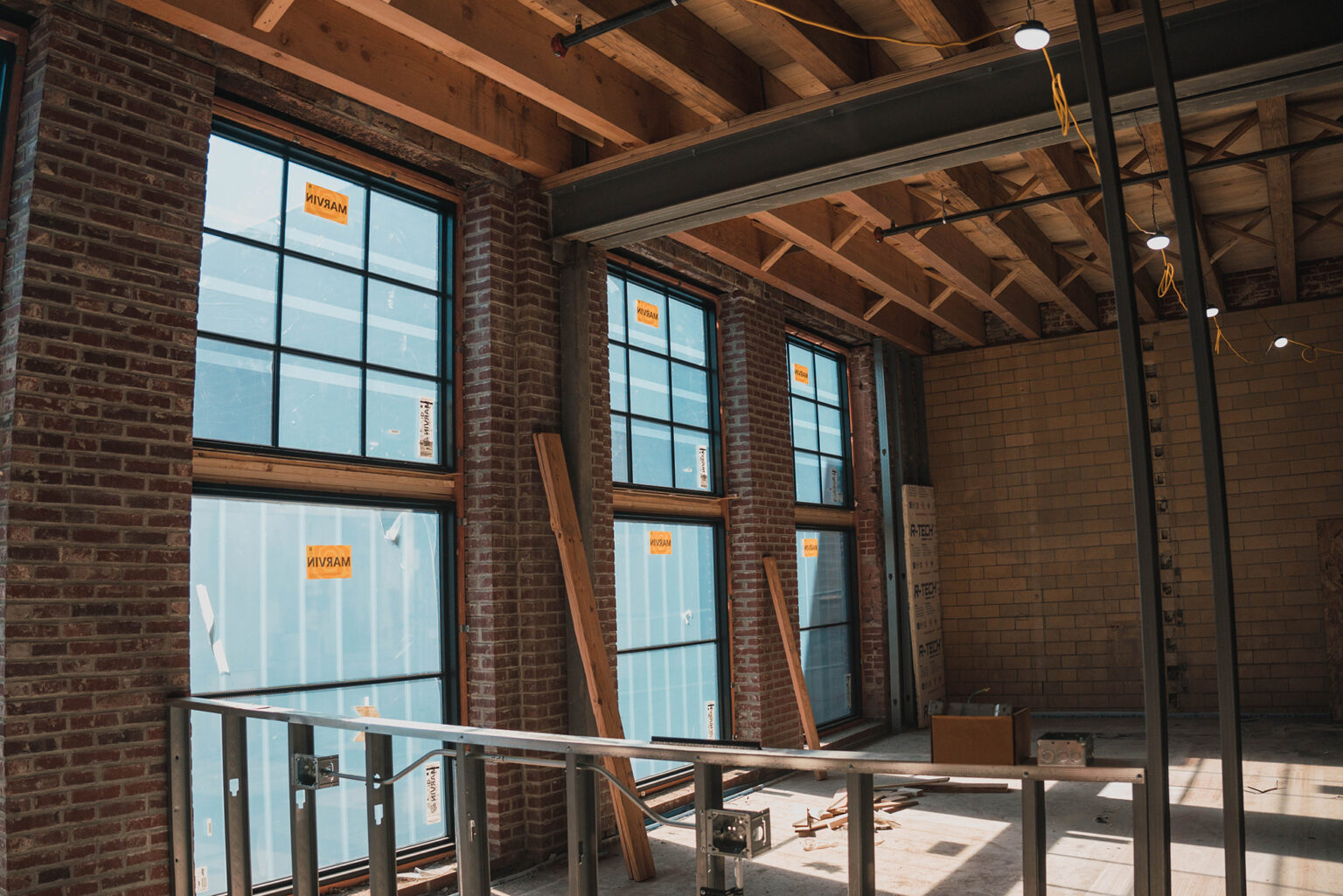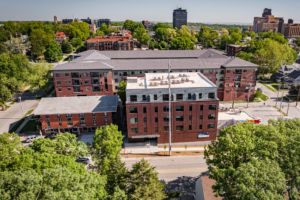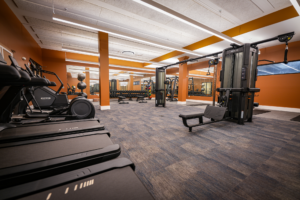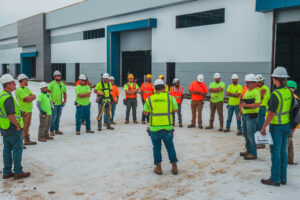Three key steps for successful historic preservation projects.
Breathing new life into historic buildings bridges the gap between the past and the present. These structures give neighborhoods character, reflecting the culture and craftsmanship of their time. They also help us reduce waste and conserve resources. However, it takes skilled expertise and experience to handle the delicate nature of these projects effectively. Throughout our company tenure, we’ve completed several historic renovation projects. Here are three key steps we’ve learned to ensure project success.
Collaborate Early. Collaborate Often.
As with any major project, but especially with a historic renovations, it’s a collaborative effort by all stakeholders. It’s paramount to have an established team from the very beginning. And each person must understand their roles and responsibilities as well as the project’s objectives, timeline and deliverables.
We’ve learned that engaging with a representative from your local historical organization is crucial. Keeping them informed about the project from the beginning can earn the support you need throughout the project. Another good idea is to engage a historic consultant to champion the required project documentation.
Understanding the Scope.
Once the stakeholders and team have a thorough understanding of the historic makeup of the building and what’s required to preserve, it’s important to evaluate ways to protect historic elements without impacting the functionality of the finished space. Take existing flooring. Elements such as wood, tile or terrazzo can be historically significant to the structure, but don’t fit the intended use. So, an option is to overlay the flooring with alternate materials using a bond breaker. This preserves the historic flooring but ensures the flooring is functional for today’s needs.
Additionally, it’s important to proceed with demolition scopes as early as possible. This helps uncover any unknown or unforeseen conditions that could impact the overall scope, budget or timeline. Common instances include a floor or roof structure covered with finishes preventing an accurate analysis of damage or decay.
Specializing Where it Matters.
We’ve found it important to bring on a masonry and tuckpointing specialist early. That way they can weigh in on options, schedule and overall timeline. Since brickwork and masonry are prominent in historic buildings, it ensures we allocate the proper time and effort to the historic preservation.
Another area that’s never too early to start is windows. To maintain the historic integrity, it’s important to know the guidance on window replacement. If replacement is necessary, knowing the options and availability is helpful. Windows are large cost to a project and typically experience long lead times, so it’s critical to know as early as possible.
Restoring historic buildings is more than just construction; it’s about preserving our heritage and connecting our communities to the past. By following these key steps, we ensure each historic renovation project preserves the essence of history while adapting to modern needs.





